 | ||
Hayti (pronounced "HAY-tie"), also called Hayti District, is the historic African-American community that is now part of the city of Durham, North Carolina. It was founded as an independent black community shortly after the American Civil War on the southern edge of Durham by freedmen coming to work in tobacco warehouses and related jobs in the city. By the early decades of the 20th century, African Americans owned and operated more than 200 businesses, which were located along Fayetteville, Pettigrew and Pine streets, the boundaries of Hayti.
Contents
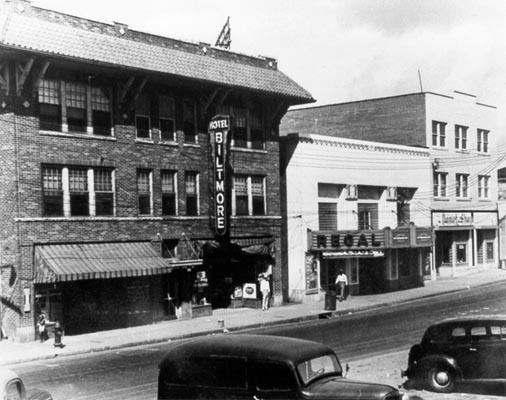
The neighborhood continued to develop during the late 19th and early 20th centuries, through years of racial segregation imposed by white Democrats in the state legislature, following the Reconstruction era in the South. With black-owned businesses and services, library, hotel, theatre and hospital, the community became self-sufficient. It declined in the late 20th century, due to suburbanization, which drew some residents to newer housing outside the area. A 1958 urban renewal and freeway project took down houses and businesses in 200 acres of the community and split it with a freeway. St. Joseph's African Methodist Episcopal Church (1891) is listed on the National Register of Historic Places; its congregation was founded in 1868. The church has been used since 1975 as a community and cultural center. Hayti's residents have included African Americans who achieved national reputations for their successes.
History
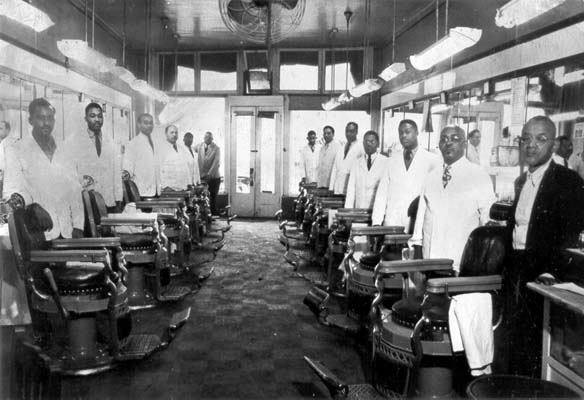
During the 1880s, the neighborhood increased in population and mostly black-run businesses were established. Hayti District, named after Haiti, the first independent black republic in the western hemisphere, eventually included a variety of businesses, schools, library, theatre, hotel, the Lincoln Hospital (built in 1900), and other services, making it quite self-sufficient. All classes lived within Hayti, and the black-owned businesses employed numerous residents. The community of African-American majority population flourished from the 1880s through the 1940s. Urban renewal pushed out African-American residents, when a 1950s project took down buildings on more than 200 acres in the heart of Hayti's business district. Efforts to remove sub-standard housing did not account for damage to the social fabric of communities by such projects; many residents and businesses were permanently displaced. Planned to ease commuting for suburban (mostly white) residents and streamline traffic through older parts of the city, the project was intended to realign streets in coordination with construction of North Carolina Highway 147, a freeway that divided the Hayti district. As most blacks had been excluded from the political system by the state's disfranchising constitution at the end of the 19th century, they were unable to influence the decisions on the location of the freeway.
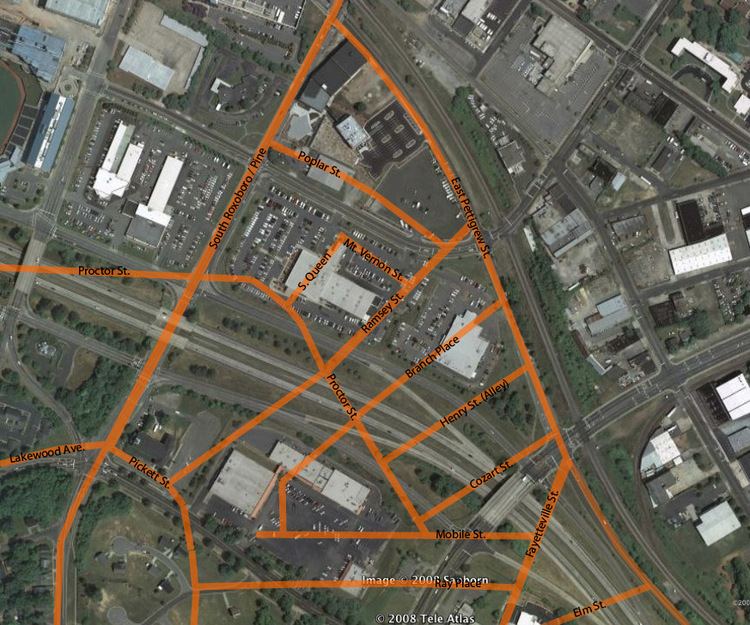
James E. Shepard was one of the founding fathers of Hayti, along with Aaron McDuffie Moore, John Merrick and Charles Clinton Spaulding. Shepard, Moore and Merrick founded the North Carolina Mutual Life Insurance Company (1898), which became the largest and richest African-American company in the United States at the time. It had a land development company as a subsidiary, which helped build much of Hayti. The prosperous African-American funeral home owner J. C. Scarborourgh and his wife Daisy built the Scarborough House at 1406 Fayetteville St.
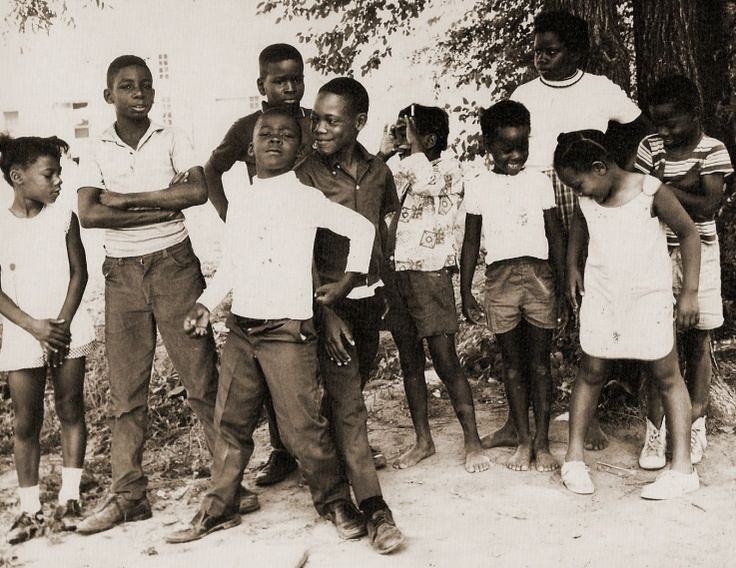
Among the churches built was St. Joseph's African Methodist Episcopal Church (1891), one of numerous AME churches established in the South following the Civil War. The AME Church was the first independent black denomination in the United States, founded in Philadelphia, Pennsylvania by free blacks in the early 19th century. St. Joseph's is listed on the National Register of Historic Places, and it has been used since 1975 as a community and cultural center.
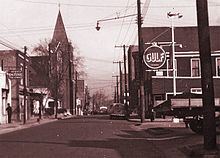
The first AME services were held in Hayti District in 1868 by Edian Markham, a former slave and AME missionary, in a "brush arbor". As the congregation grew, it built a log structure called Union Bethel AME Church. Another wood church replaced that. By 1891 the community raised money for an architect-designed grand brick church, which they named St. Joseph. Another major black church was White Rock Baptist, built in 1896 by a congregation organized earlier in the 19th century. After the war, blacks founded Baptist congregations independent of white supervision, and soon organized their own state and national associations.
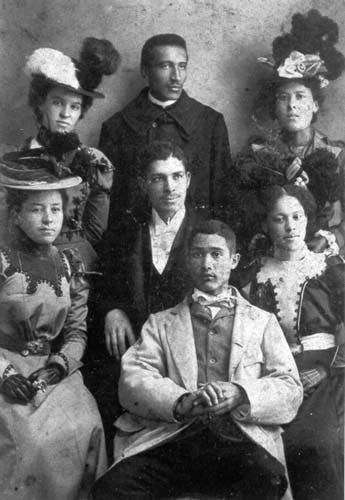
In the early 1920s and 1930s, the business section on Pettigrew north of the White Rock Baptist Church was also known as "Lil" Mexico. By then more than 200 African-American businesses were located along Fayetteville, Pettigrew and Pine streets, the major boundaries of Hayti during its heyday.
This small black community was responsible for some national "firsts":
Two national early 20th-century African-American leaders, W. E. B. Du Bois and Booker T. Washington, visited Hayti in 1910 and 1911, respectively. They said the community was a model for all African-American communities in the United States to follow.
Notable people
In Popular Culture
The 2008 Lewis Shiner novel, Black & White, explores the history and legacy of the Hayti community.
